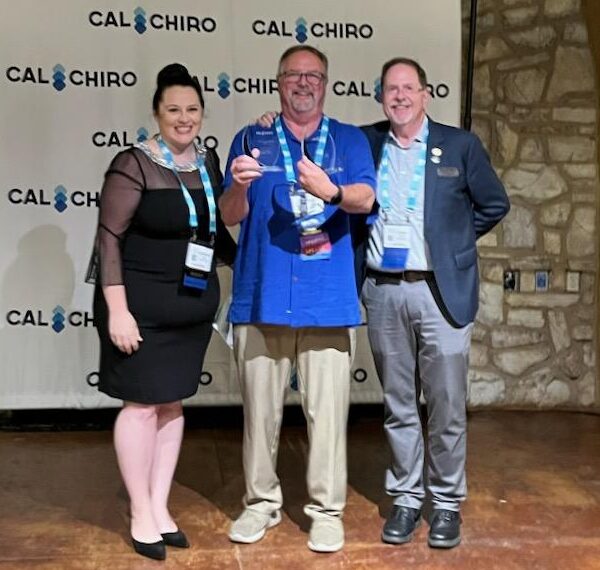November was a whirlwind of chiropractic engagements, kicking off with the esteemed Congress of State Chiropractic Associations (COCSA) gathering in scenic Kona, Hawaii. (Tough assignment I know, but we do what we must). Amidst the picturesque setting, leaders from chiropractic state associations convened to delve into pivotal discussions shaping our profession. As a longstanding member of the Clinical Compass, a vital subgroup focused on evidence-based practice that I have been part of since my tenure as President of the California Chiropractic Association in 2000.
Our mission: dissect scientific literature, publish peer-reviewed papers, and craft Best Practice guidelines. Recently, I spearheaded the development of guidelines for neck and back pain, aiming to unify chiropractic care and bolster its reputation. There is a saying that chiropractic is like a box of chocolates: you never know what you are going to get. But our aim is clear: instill consistency across practices. Our journey toward this goal is gaining momentum!
Following COCSA, I jetted off to Napa for the annual California Chiropractic Association convention. There, I dedicated a substantial portion of Saturday to instructing a course on evaluating injured workers’ disabilities. Qualified Medical Evaluators (QME’s) bear the responsibility of untangling work-related injury disputes, a task of immense consequence, influencing the lives of the injured. Teaching fellow practitioners not only invigorates me but also fosters continuous learning I and many of my colleagues believe the work comp system is totally broken and needs to be fixed. Remedying it requires legislative attention—a fix that seems distant. In the meantime, injured workers suffer, and more and more doctors are leaving the system.
Saturday night brought honors!
I have been involved in my state association since I was a student 40 years ago. I’ve been fortunate to receive various accolades, including the esteemed Doctor of the Year, at different stages of my career. These acknowledgments serve as a testament to the association’s gratitude towards its dedicated volunteers, and I have always believed in giving back. This recent ceremony granted me Doctor of the Year for recent contributions and honored my efforts in legislation and governmental affairs. It’s a humbling distinction, shared by only a select few in the association’s history. Only three other doctors have received Doctor of the Year twice since 1960!
It certainly isn’t because I am so special, it is because I have always believed in doing what you can. It can be summed up in this quote by Edward Everett Hale:
“I am only one, but still I am one. I cannot do everything, but still I can do something; and because I cannot do everything, I will not refuse to do something that I can do.”
Reflecting on this sentiment, I urge all to consider: What impactful actions can we take for our families, friends, or workplaces?

